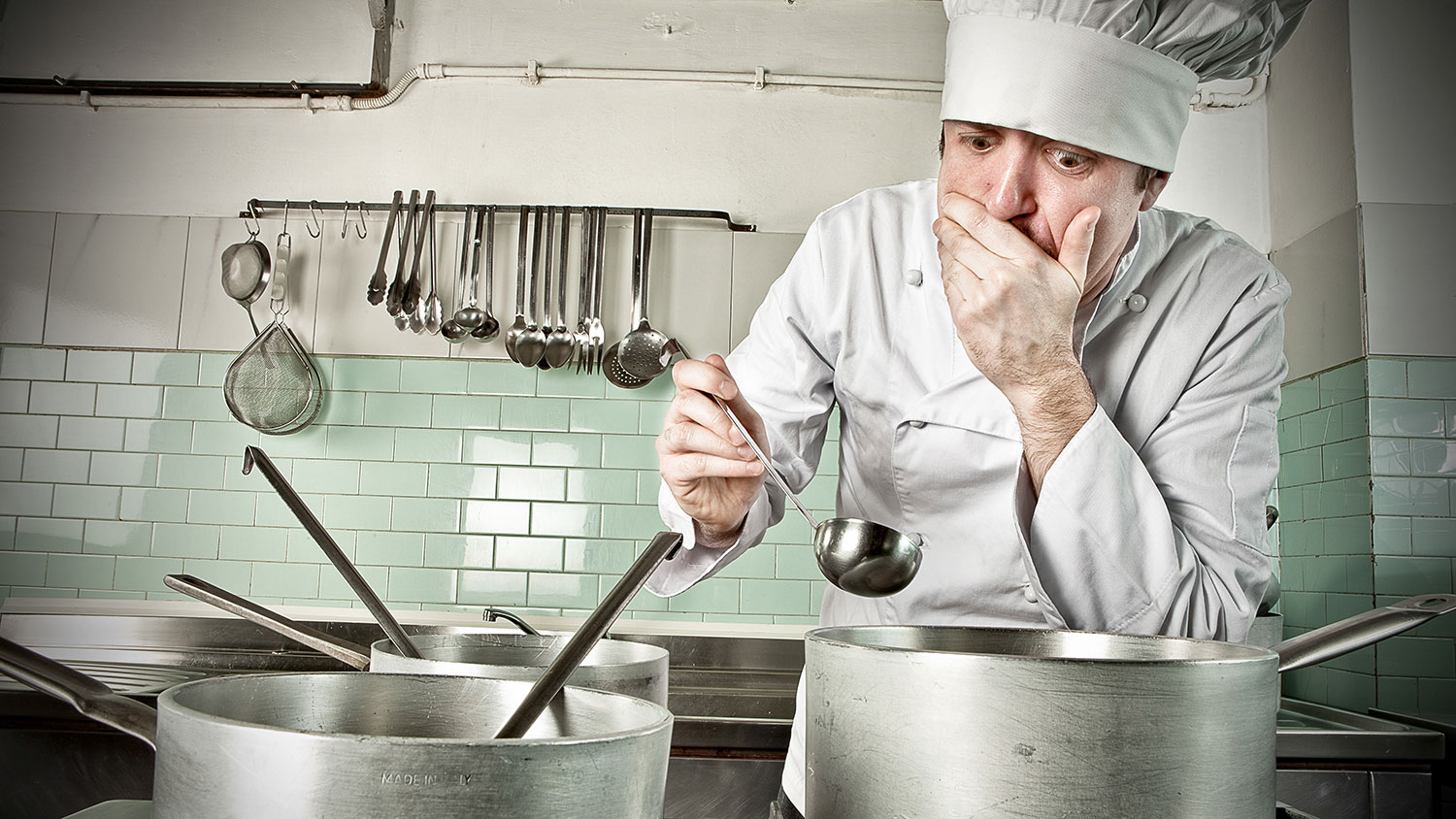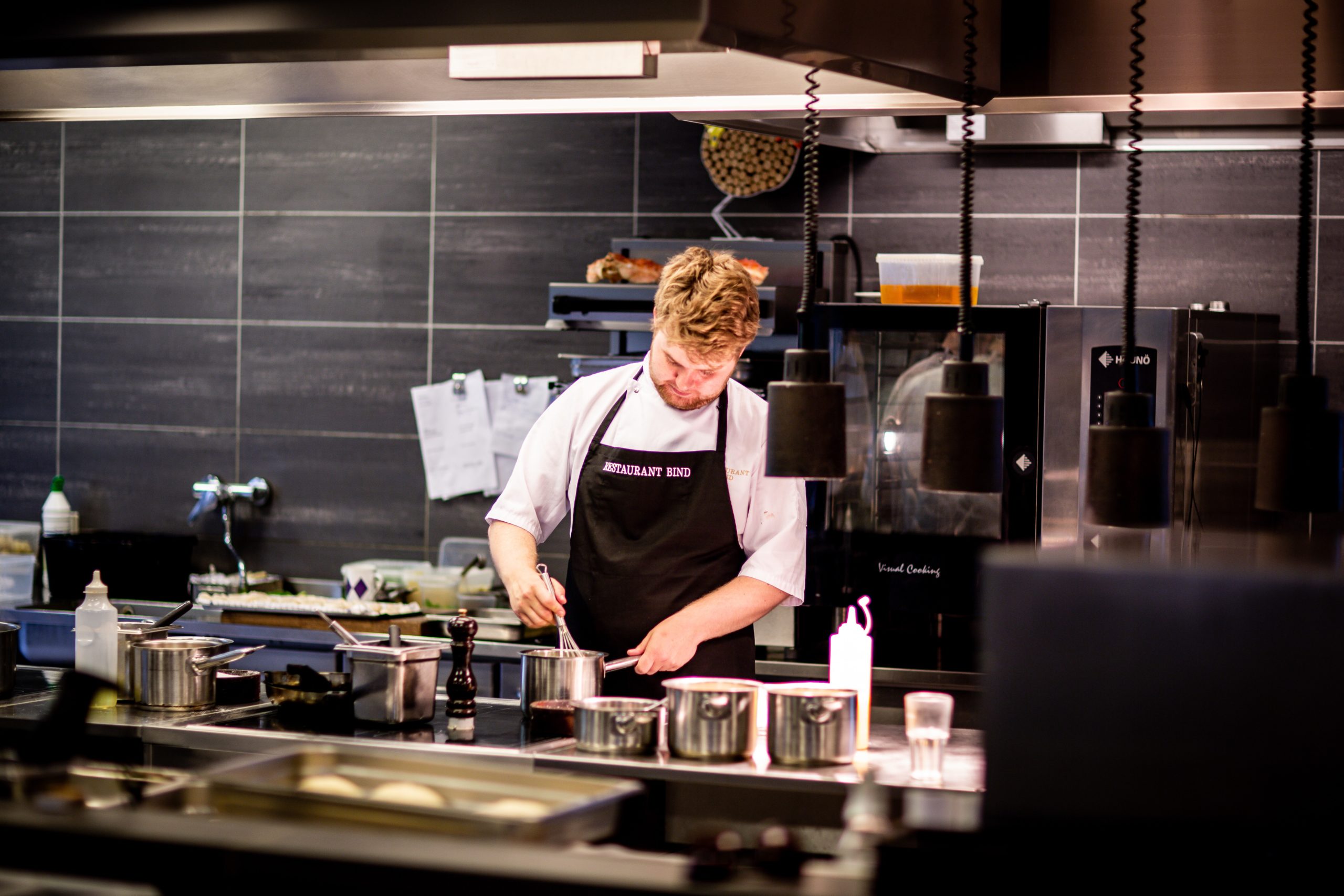
You can now coat nonstick pans with many different materials. Each material has its advantages and drawbacks. Teflon is one the most well-known materials. This material is known for being durable and highly resistant to temperature changes. However, if heated too high, Teflon can be harmful to food. We'll be talking about Teflon in this article and discussing the other alternatives. The best non-stick pans typically don't have this type of coating.
PFOA
Use of nonstick cookware with PTFE and PFOA is not recommended at high temperatures. These coatings are extremely flammable and quickly lose their effectiveness. Metal utensils can be used on nonstick surfaces. This can lead to the coating being degraded and the release of chemicals. This article will discuss the potential health risks and possible health consequences of using PFOA-coated pans. Here are some tips to help you get a holistic understanding of nonstick pans.
PFOA, PTFE and other PFAS chemical, like PTFE, can persist in the environment. It means that even though you may have used nonstick pans in the past ten years, chemicals such as PFOA and PTFE are still in the environment. Because of these risks, the Environmental Protection Agency (EPA) and the World Health Organization (WHO) have issued a health advisory. These chemicals were classified as "possibly dangerous to human health."
PTFE
The most common nonstick coating for pans is PTFE. They can be very helpful when you prepare a large meal. They protect food from sticking to the bottom of the pans without the use of oil or nonstick sprays. You should also be aware that PTFE nonstick saucepans can be more costly than regular nonstick pans. However, nonstick pans need to be maintained and cleaned regularly. FDA considers PTFE nonstick coatings safe. However, they are not completely toxic. If you want a healthier option, go for ceramic cookware. Cast iron is free of PTFE, so it is a safer option.

PFAS has been used in cookware for many decades. Many of them have been dumped into waterways without regulation, and the Environmental Working Group says that 19 million Americans are at risk of being exposed to them. "Gen X chemicals" are the newest nonstick pan coating ingredients. These coatings are not tested in a controlled environment. The company behind Greblon's non stick pan coatings also produces several different types of PTFE.
Teflon
Nonstick pans coated with Teflon have several drawbacks. Most of these problems are due to the PFOA or polyfluoroalkyl substances (PFAS) that the coating is made of. Although these chemicals have been banned for years, some cookware still uses them. This is why it is important to stay clear of Teflon-based pans and instead use nonstick cookware made with other materials.
Teflon nonstick pans may contain PFOA, which can cause harm to the environment. It has been linked to chronic kidney disease and cancer, as well as affecting the male reproductive system. Its toxic fumes are released when the pan is overheated, and therefore should not be used for high-temperature cooking. It is best to avoid heating empty Teflon Pans in the oven or broiler to minimize your exposure to PFOA.
Nanoparticles
Novel nanoparticles were developed for non stick pan coatings and are currently being evaluated for use in food contact applications. It is unclear how nanoparticles can be released from non-stick pan coatings. However, recent studies indicate that they could leach into food when exposed to high temperatures and repeated use. This technology may prove useful for nonstick pans, although it is still in its infancy.

PTFE, a substance that is often found in non-stick saucepans, has many safety concerns. The chemical pyrolysis products of heated polytetrafluoroethylene can cause acute toxicosis in budgerigars. These products are not harmful to humans in large amounts and do not pose any health risks if consumed in small quantities.
FAQ
How much does culinary school cost?
Costs for culinary school vary depending on where you live, how long you study and which program you choose. The average tuition ranges from $10,000-$30,000 per year. The average student graduates with $20,000 in debt. However, some programs offer scholarships, grants, and work-study opportunities.
What equipment do I need to cook?
You don't require any special equipment to learn how to cook. The best tools will make cooking more enjoyable. You could, for example, use a spoon to make pasta or a whisk to whip the egg whites into stiff peaks. The right tools make cooking easier and faster.
What are basic cooking skills?
Basic cooking skills include reading recipes, measuring ingredients, cooking safely and cleaning up afterwards. This is the first step to learning how to cook. Cooking can be a great way of saving money, as you don't need to go out to eat all the time.
Do I need to go to culinary school to be a chef?
No. Many chefs learned their craft on their own. Some chefs even attended culinary school to gain more experience. Many chefs prefer to attend culinary school for the increased opportunities to learn and grow as professionals. Culinary schools provide hands-on training that helps students develop valuable skills and enhance their culinary knowledge.
What does it take to become a chef in the United States? What's the average career path for a chef?
Five years is required to become a professional chef. This time you'll learn the basics of cooking and work as a cook assistant. After your training is complete, you will be eligible to apply for a job as a sous chef, executive chef, or line cook. The average annual salary for a professional chef is between $25,000 and $60,000
Statistics
- On average, chefs earn $58,740 a year, according to the BLS. - learnhowtobecome.org
- In the United States, the category is estimated at $23.2 billion annually and is growing faster than the market. (washingtonpost.com)
- The median pay for a chef or head cook is $53,380 per year or $25.66/hour, according to the U.S. Bureau of Labor Statistics (BLS). (learnhowtobecome.org)
External Links
How To
How to use an Instant Pot
The instant pot has become a very popular kitchen appliance. It's simple to use, extremely versatile, and very affordable. Instant pots allow you to create delicious meals right from the stovetop in no time at all!
Let me first give some background information on the instant pot. An instant pot can be described as a pressure cooker that uses steam for quick cooking. This means there is no need to butter or oil. Just add water to the saucepan and mix the ingredients. Next, press the button. You can then open the lid and enjoy your food after cooking. That's it! No mess, no fuss, and no cleanup!
Let's begin now that you know what an instantpot looks like. Download the app now. The app is free and simple to use. Select your recipe and set the timer. You can also choose to cook at a temperature you prefer. Your meal is ready once the timer goes off. You can watch the video below to see step by step instructions.
When you're done with your meal, make sure to clean up. An instant pot's dishwasher-safe lining makes it easy to clean. You can simply rinse the instant pot and then remove the liner. Then, just throw it in the washer. Amazon is an excellent place to find instant pots. They offer different sizes, shapes, colors, and prices. They are worth checking out.
The instant pot is a wonderful appliance that removes the stress from cooking. It not only saves time, but also saves money. Now you can enjoy those healthy recipes without spending hours in the kitchen. Enjoy!